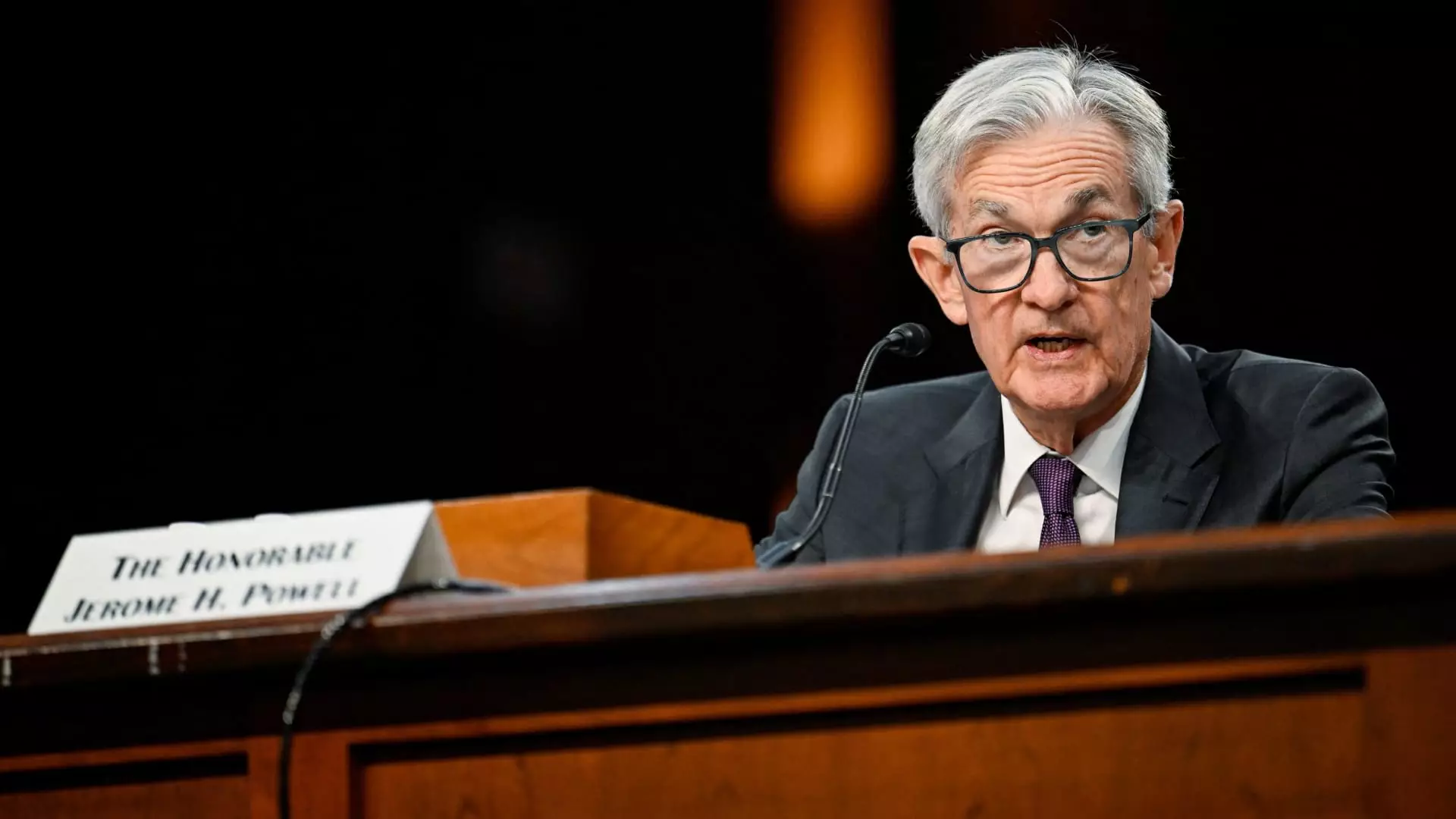In the ever-shifting landscape of the U.S. economy, the Federal Reserve now finds itself in a precarious position that demands both caution and agility. As officials often assert that current policies are “well-positioned” to respond to emerging risks, it may be more accurate to describe these policies as ensnared in a state of inertia—caught in a neutral gear amidst a swirl of uncertainties that cloud the economic horizon. This analytical exploration will delve into the outlook for the Fed amidst a backdrop of socio-economic unpredictability and rising inflationary pressures.
Recent commentary from Federal Reserve officials, particularly Atlanta Fed President Raphael Bostic, underscores the complexity of the situation. In an illuminating blog post, Bostic articulated the dual currents of optimism and anxiety affecting the financial landscape—excitement surrounding potential changes in tax and regulatory policies, and concerns regarding the implications of ongoing trade tensions and immigration policies. This interplay of factors creates a labyrinthine policy environment, ripe with challenges for decision-makers. Policymaking, it seems, has grown increasingly intricate, as the Fed must weigh the consequences of unpredictable geopolitical factors against domestic economic indicators.
The ambience of uncertainty permeates discussions around the U.S. economy to an unsettling degree. Minutes from the latest Federal Open Market Committee (FOMC) meeting reflected this sentiment effortlessly, with numerous references to the “elevated uncertainty” surrounding the economic implications of potential trade, fiscal, and regulatory adjustments. These realities compel policymakers to respond with caution—a prudent approach that may prolong the status quo rather than enable bold, transformative action.
Compounding these challenges is the Fed’s ongoing dilemma over inflation. With a target of 2%, achieving this elusive goal has proven to be a frustrating endeavor for the central bank. St. Louis Fed President Alberto Musalem recently pointed out potential risks that inflation could remain elevated, especially as consumer sentiment shifts in response to external shocks like tariffs. In a balanced assessment, he underscored that maintaining a “modestly restrictive” monetary policy is crucial for navigating this precarious environment, all while acknowledging the potential for adverse economic scenarios.
In essence, the Fed is balancing a fine line: while the economy has shown stability in terms of employment, the looming threats of rising prices justify a vigilant stance. Rates between 4.25% and 4.5% are viewed as cautiously conservative, yet market speculation hints at the possibility of rate cuts. This speculation may contradict the guarded optimism expressed by Fed officials, revealing the dichotomy between market dynamics and policymaker intentions.
Another layer of concern arises from the bond market, which, according to respected economist Mark Zandi, stands on unstable ground. The potential for a major sell-off in this $46.2 trillion sector poses pressing risks to financial stability. Zandi’s observations of the fragile state of bond market operations—characterizing them as having “broken plumbing”—highlight the vulnerabilities inherent in the current environment.
In this atmosphere of concern, the idea of rate cuts becomes increasingly controversial. Zandi, among others, remains skeptical of any forthcoming reductions in interest rates, arguing that without a clearer path toward stabilizing inflation, such moves would be both premature and hazardous. Without question, the Fed faces a significant challenge ahead: weighing the need for economic stimulus against a backdrop of precarious market conditions and inflationary fears.
As we look ahead, the Federal Reserve’s strategy must be rooted in an agile, responsive policy framework that accounts for both domestic stability and international unpredictability. This means fostering transparency in communications while remaining attuned to the potential shocks that could derail progress. The heft of uncertainty will likely continue to loom over the Fed’s decision-making process, making it all the more imperative to exercise vigilance.
Despite these overwhelming challenges, the foundation of the U.S. economy shows promise. If managed meticulously, policymakers can navigate through the tumultuous economic climate towards a more stable future. The key lies in maintaining a balance: one that is neither overly hawkish nor excessively dovish, keeping an unwavering focus on the ultimate goal of achieving economic resilience. As the Federal Reserve endeavors to walk this fine line, the need for patience, humility, and a commitment to prudent policy becomes ever clearer.

